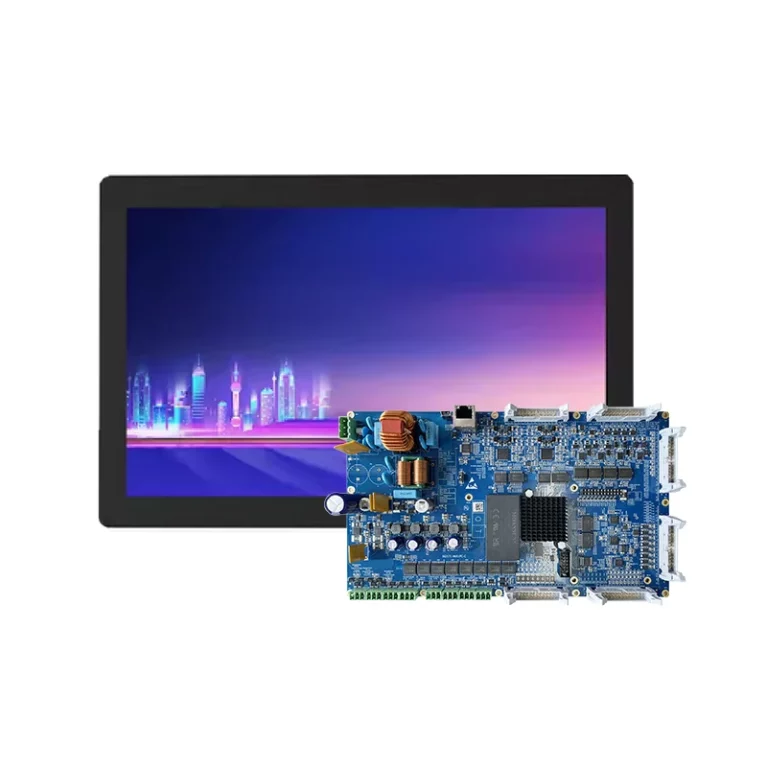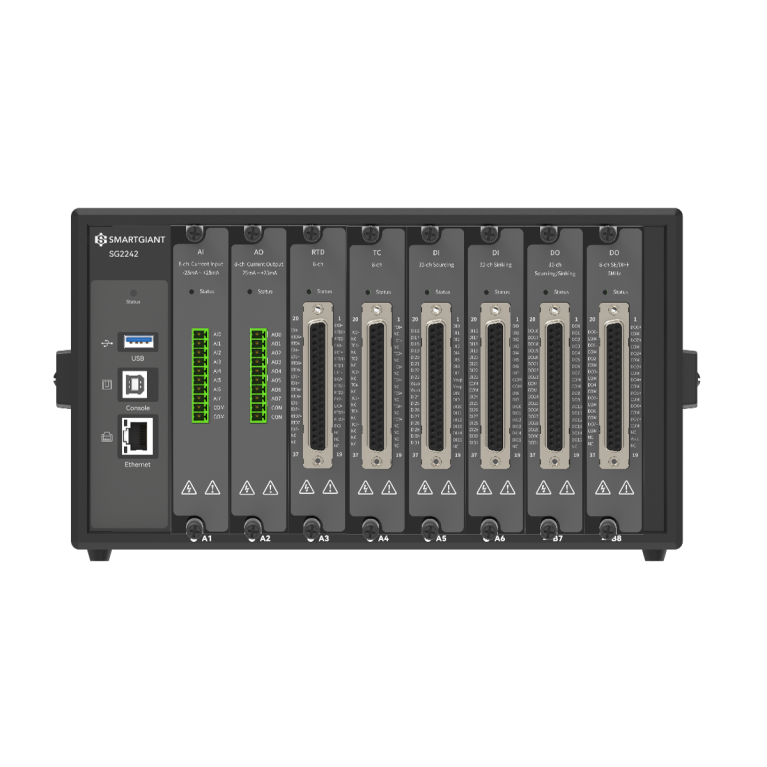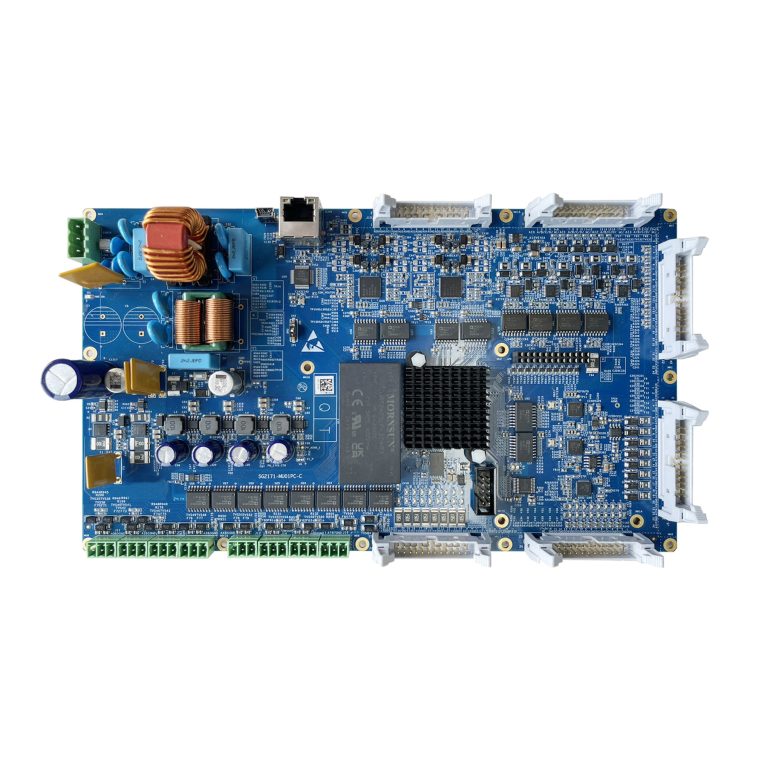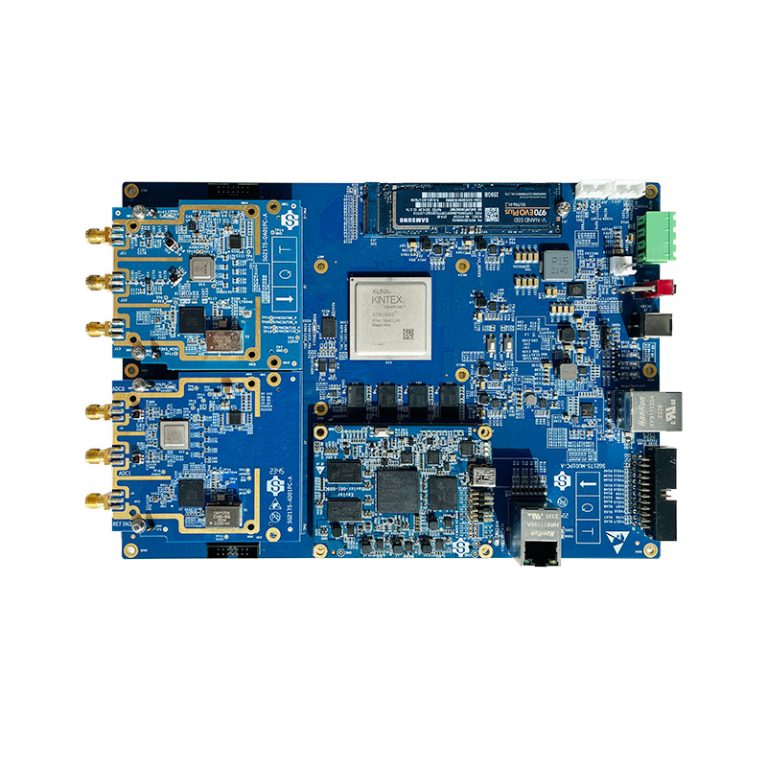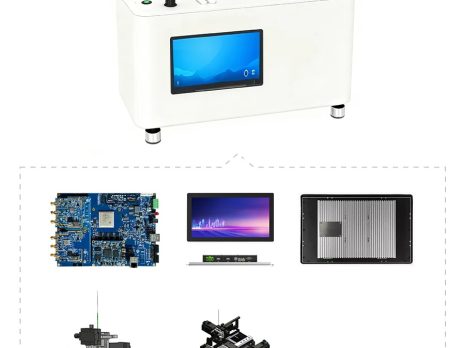FPGA IP – Based Customizable Solutions – Electrical Signal Processing IP
Electrical Signal Processing IPCategory Function/Interface Typical ApplicationSignal generation and measurement Signal Generator、SMU、LCR、ADC、DAC High-speed/high-precision signal generation, small-signal measurement, and component parameter measurementSignal processing Audio、Duty Cycler、PWM、Frequency Counter、AM/FM/PM Modulation Analog/digital circuit testing, audio testing, frequency characteristic measurement, waveform generation and modulationProtocol analysis Data Sniffer、Protocol Analyzer、Power Sequence Bus debugging, communication protocol analysis, and troubleshootingDigital interface IP PDM、TDM、I2S、I2C/I3C、UART、SPI、QSPI、IO Embedded system debugging, MCU/SoC peripheral communication verification, and audio interface testing ◆ Silingjie's electrical signal processing IP can realize high-speed and high-precision signal generation and measurement, including small-signal detection and component parameter analysis; it supports diversified signal processing...


